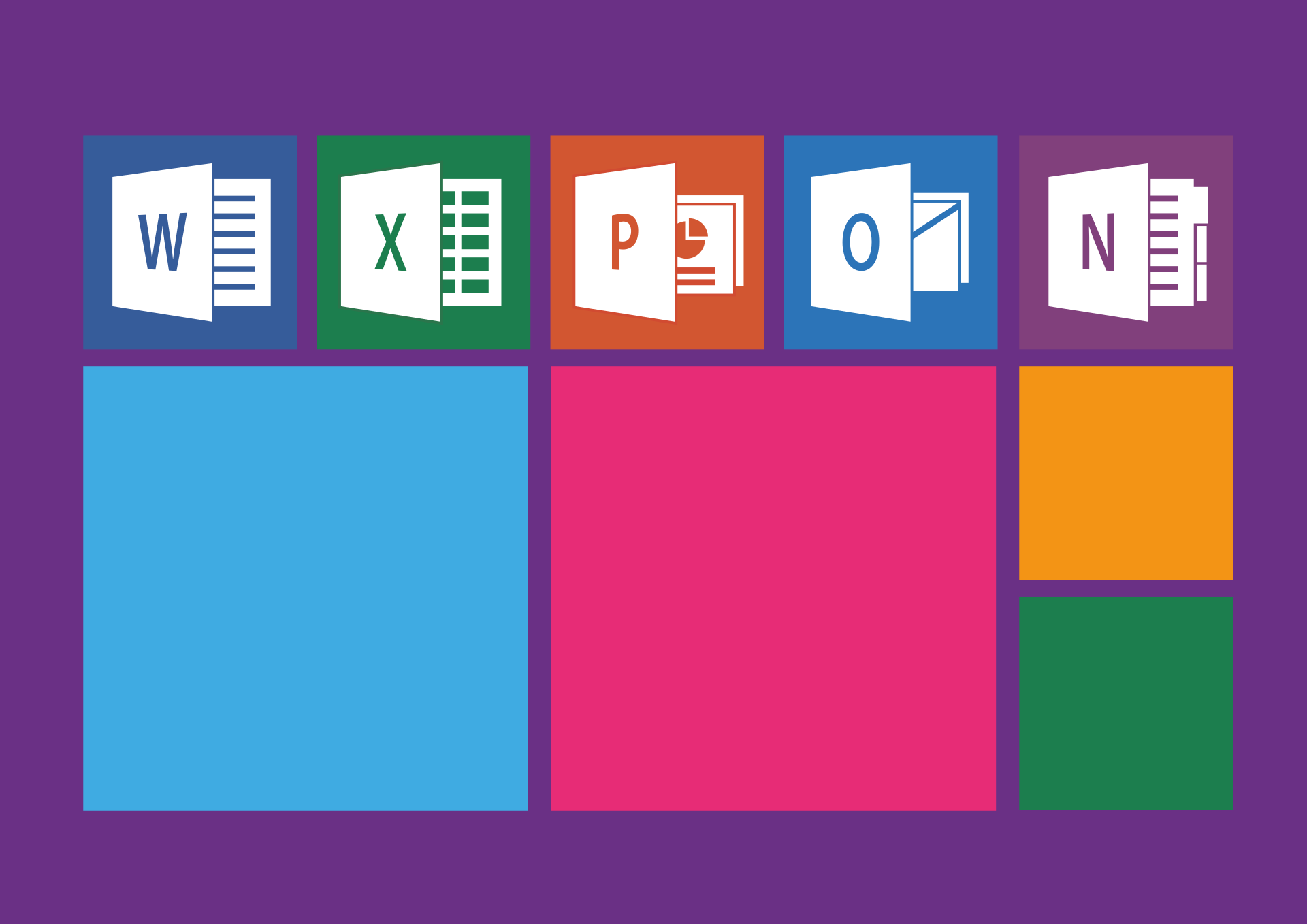Does your work involve making presentations? Learning how to use PowerPoint is non-negotiable for most businesses. With the many benefits a PowerPoint presentation offers, it is a must for business owners and their staff to learn its basics.
However, being skillful in making PowerPoint (PPT) slides is not enough. There will be times when you may need to convert PowerPoint to JPEG (JPG). This usually happens when there is a need to compress the images in your PPT presentation to smaller sizes.
Incidentally, JPG uses smaller files size compare to other formats. It is also one of the favorite options for businesses that wish to optimize their images. Hence, the question: do you know how to convert PowerPoint slides to JPG?
Continue reading below for a guide on how to convert your PPT to JPG files.
Converting PowerPoint the Basic Way
There are different ways to convert PowerPoint to JPG. For starters, let us begin with the quickest way of doing things. First, you need to save your PowerPoint slides in JPEG format.
To do this, hit the “File” tab and select “Export.” Click on “Change File Type” then hit “Save As.”
The next step involves compressing the image into a smaller file size. You need to do this before choosing a destination where you want to save the image. To compress, go to “Tools” and hit “Compress Pictures.”
After compressing, make sure to tick the “Delete cropped areas of pictures.” Complete the process by selecting “Web Resolution.” This will allow you to decrease the size of the image.
The final step is to save the converted file. To do this, hit “Save” and head on to the folder you chose to save the file. From there, you will see the image already in JPEG form.
Also, you can start sharing the presentation across all devices that have JPEG support.
Convert PowerPoint to High-Quality JPEG
Sometimes, you want to compress the file size of your PPT images without compromising much of the image quality. Thankfully, there is a way to convert PowerPoint to JPG in a high-quality fashion.
The process is quite intricate, as it several steps to complete. Before we discuss the steps, it is important to note that high-quality images in the professional printing industry should have at least 300 dpi resolution. Hence, this is what you want your JPEG images to have after conversion from PPT.
To change the image resolution, you need to access the registry director by hitting the Windows button and the “R” key on your keyboard. A small window will then appear. Go to the Open option then type “Regedit” then hit “OK.”
Once the Windows Registry Editor opens, go to the left-hand portion of the window and use the tree view. From there, you want to open the following folders: HKEY_CURRENT_USER, Software, Microsoft, Office.
Thereafter, look for the “PowerPoint” option below then hit “Options.” Go to the pane at the right then right-click and select “New, DWORD (32-bit) Value”. You will find this from the pop-up menu.
From there, rename this new entry “ExportBitmapResolution” before hitting ENTER. Next, double-click this new entry. Change the “Base” to “Decimal” then set “Value data” to 300.
Hit “OK” to confirm then restart your PowerPoint. Open the presentation then hit “File” then “Save As.” Select the image you wish to export to JPEG to complete the process.
Convert Online for Free
Another important thing you should learn is converting PPT to JPG online, for free. First, upload your PowerPoint using the drag-and-drop. Thereafter, save it first as a PDF.
Next, hit “Continue to JPG” and select “extract individual images to JPG.” Another option is to select “convert each slide to JPG.” This will prompt the conversion of the images.
After the process, you can now download the images in JPG form. If you feel that this is too tedious or if you’re racing against time, you can instead save your PPT slide shows to PDF. A PDF file is still smaller compared to a PPT.
However, it doesn’t offer the same level of portability and versatility as a JPG would.
Convert JPG to PPT
Another thing you need to learn is converting your JPG images to PPT. The first step is to upload your JPG image into the toolbox. From there, download the converted file.
This file should be in PDF form. Hit “Start Over” then upload the file in the toolbox anew. This will prompt the file’s conversion to PPT.
When to Use a Specific File Format
Last but not least, you need to know when to use a particular file format for your images. Image file formats come in two forms: raster images and vector images.
Raster images feature pixel-based graphics. Their resolution is also dependent and the images are excellent for photos and web graphics.
Since raster images are resolution-dependent, they only exist at one size. This means transforming them will stretch the pixels of the images. In turn, you get a blurred or pixelated result.
If you plan to use images using raster file formats, only do so for projects that involve web graphics, photographs, and digital artwork.
Meanwhile, vector images feature curve-based graphics. The resolution is independent and the images work best for icons and logos.
Thus, only use a JPEG image you’re working on online artworks and photos. The same thing goes if you wish to print the photos. If you want something editable and layered, JPEG is not the way to go.
The JPEG, together with GIF, PNG, RAW, PSD, and TIFF all belong to the raster category. On the flip side, PDF, SVG, AI, and EPS fall under the vector file umbrella.
Let’s Make Your File Conversions a Breeze
Learning how to convert PowerPoint to JPEG is a skill that goes a long way. It can help you save more space and give you more flexibility when working on images and presentations. If mastering the steps is a challenge, we have the solution for you.
Visit our page and gain access to various online file conversions for free. From there, you can convert PowerPoint files to JPG files without any complications. We also offer other user-friendly tools that will convert your files in a few clicks.


